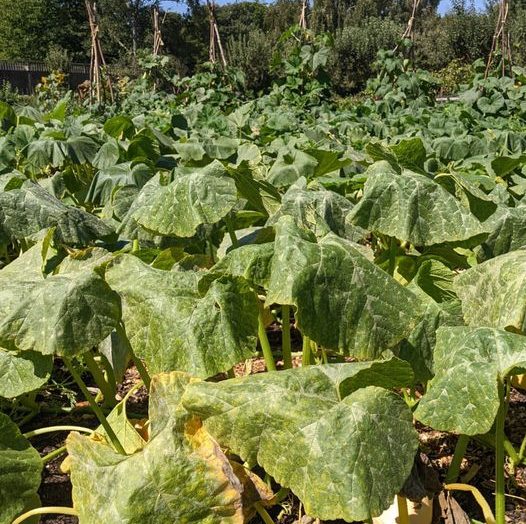As the hot weather continues in London, Head of Gardens, Rosie Fyles reflects on the challenges and solutions of gardening during a drought.
It’s time like these when the water content of plants (ideally 90%+) and humans (about 60%) becomes a preoccupation. Whether you have a small number of potted plants or a large 65-acre public garden to look after, managing the health of your plants in dry, drought conditions presents constant challenges. Every day I am making decisions based on competing priorities of sensible, responsible water use, the short-term health and presentation of plants, the long-term health of plants (including 400+ year-old trees) available resources and our visitors’ enjoyment.
Here’s what I’m learning:
- Grass will recover. Don’t water it.
- If you’re thinking about grass maintenance work, start thinking about drought-tolerant grass seed mixes today: this is top of my ‘to do list’.
- ‘Drench watering’ is the only option. This means if you can’t give a plant a soaking, allowing appropriate time for the water to be taken up which can mean two or three stages of watering, you should question watering at all.
- If you’ve given a perennial plant a good watering and you know it’s responding – in other words, the leaves are picking up – then consider a ‘doughnut mulch’ around its roots leaving 20-30cm around the stem. This will retain the moisture you have added and provide you with a ‘watering hole’ going forward.
- Only water very early in the morning or late evening. The benefit of doing anything at any other time is minimal and you’ll find it uncomfortable too.
- Move potted plants into the shade if you can. Even if you think they are sun-worshippers, you’re asking a lot of them to thrive in a pot in these conditions.
- Umbrellas help! In my garden at home, I’m protecting some large potted plants from scorching by having an umbrella up to provide them with some shade.
When autumn comes properly, do join us as we plant, sow and re-position our outdoor spaces, re-thinking our borders. The best time to do any major work in your garden is mid-late autumn, with an eye on rainfall figures for late summer and early autumn, giving plants the chance to settle in before the challenges of next summer.

